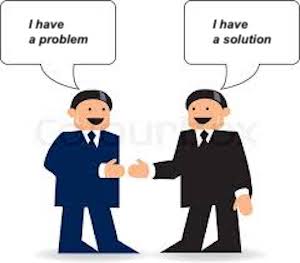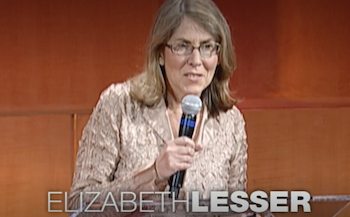Darryl Davis And The Klan
Have you ever watched this PBS series Independent Lens?

It typically shows terrific, compelling films. I recently saw one entitled “Accidental Courtesy,” which follows a jazz musician named Darryl Davis as he meets with, and actually befriends, members of the Ku Klux Klan.

As a child, Davis lived all over the world (his father was in the US Foreign Service), ultimately settling in Belmont, MA. Darryl first encountered racism as the only African American kid in his Cub Scout pack. While marching in a parade, he was heckled and even hit with thrown objects. When his parents explained that people hated him because of the color of his skin, he was mystified and asked
“How can they hate me if they don’t even know me?”
According to Davis, this question led him to reach out to the most virulent racists in our society today – Klan members and white supremacists.
If you think you know where this story is going, I’m pretty sure you’re wrong.
The documentary shows a number of these interactions, and though Davis gently seeks access points of commonality, he does not proselytize or even argue very much. He simply talks to Klansmen, just has a conversation. Incredibly, it works.
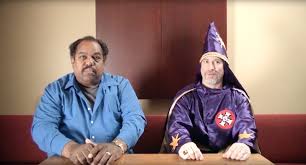
Wait … what??
The Klansmen like Darryl Davis. And over time, one Klansmen after another realize that their white supremacist views (and hatred of blacks, Jews, Muslims, etc.) is incompatible with their warm feelings about Darryl Davis. When the film was made, more than 30 of them had left the Klan, and presented Darryl with their robes, hoods and masks – he plans to open a museum of them.
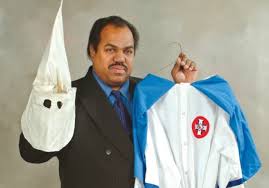
In one amazing conversation, a Klansman is decrying miscegenation … until Darryl calmly explains that HE is about to marry a white woman. The guy changes course completely, and even attends Darryl’s wedding! It’s just extraordinary.
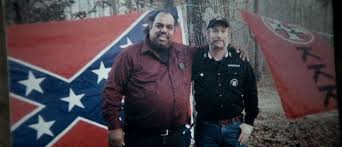
Mind you, Davis seems to bring no apparent agenda to these conversations – he just gets to know the Klansmen, which is enough to turn them around.
Not everyone is super-happy
Then, just when you want to hug someone of another race and have a real kumbaya moment, the documentary turns again.
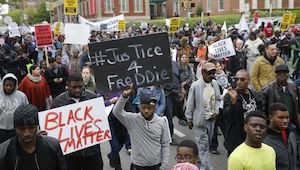
Darryl takes his message to the inner city of Baltimore, simmering with rage at the time over the killing of Freddie Gray. He meets two leaders of the Black Lives Matter movement, and they are, shall we say, not at all down with Darryl’s program. They angrily accuse him of selling out, scoffing at his Klansmen interactions – institutionalized racism is the problem, not a few racist crackers. They accuse Darryl of hurting the movement and stalk off, refusing to even shake his hand.
It’s another stunning moment, as Darryl is left to contemplate the value of his seemingly brave and selfless acts.
As viewers, we admire Darryl’s courageous (and quietly outrageous) efforts to undercut racist attitudes … but we also understand the activists’ disgust at the futility of his gesture. We like both Darryl and his reasoned manner, but cannot deny that it seems impotent in the face of the younger men’s rage.
So, why is this in my blog? Because it highlights an important truth about effective communication.
If you want to convince someone, tell them a story
Research suggests that it’s essentially impossible to talk someone into a different position by invoking facts, no matter how compelling your argument. When you pummel someone with facts, you seem condescending and elitist. Your efforts may actually backfire, because they get angry at you for making them feel stupid.
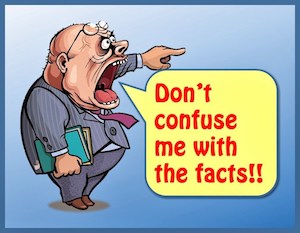
You’re better off sharing a true human emotion with them, like empathy or compassion. How? By telling them a story, a story about actual people, not abstractions.
If you’re Habitat for Humanity, you can explain how 1.6 billion people in the world are housing-insecure or that you’ve built more than 1 million homes. Or you can describe how a hard-working family is stuck in an un-insulated house where the bright and curious 11 year old girl is doing poorly in school because it’s too cold to study and the little boy is repeatedly hospitalized because mold spores from the floor make him sick. We may feel bad about the statistics – but we want to help that suffering family.

Humans are much more invested in emotions than facts. This was demonstrated by Tversky and Kahneman, in work that pretty much created the field of behavioral economics. This American Life once ran a story in which researchers went door to door conducting a survey about abortion attitudes, and were able to change respondents’ firmly held anti-abortion positions, by making it personal – they described their own abortion. On average, it took about 22 minutes of conversation.
(It was subsequently suggested that the data for the study was faked, and one of the authors asked the publishing journal, the highly respected Science, to retract the study. However, the faked data did not undermine the effect observed in the study – even with some less than rigorous experimental methodology, respondents still changed their minds when the issue revolved around one person talking to another. As one study author noted on Ira Glass’ blog “just because the data don’t exist to demonstrate the effectiveness of this method of changing minds, doesn’t mean the hypothesis is false.”)
As marketers, we KNOW that stories are more potent than facts. For Habitat for Humanity, a million homes is just a statistic. But tell me the story of a struggling family and I want to help them.
Same for the Klansman – he hates his abstract vision of “black people” – but then he meets Darryl Davis, a great guy, and he becomes a true friend. Which undercuts his racist attitudes.
Here’s another thing – Darryl Davis convinced more than 30 hard core racists to change their views on race. How many minds has BLM changed? (Though, we must recognize that BLM’s purpose is not to change anyone’s mind, necessarily, but to mobilize political action).
A similar notion is discussed in Elizabeth Lesser’s TED Talk, “Take an Other to Lunch.” She bemoans “otherizing” in our society, and challenges you to have a conversation with someone – anyone – from the other side of your politics. As she says, it’s not going to make “We Are the World” suddenly play over the restaurant’s sound system, but it might prevent you from demonizing the other side so easily.
Her goal, she says, is for people to “get to know one person from a group you have negatively stereotyped.”
It’s banal to say that communications is a powerful tool. The real insight is that all communications, even mass communications like the kind I write for my clients, is really just one person talking to another.
